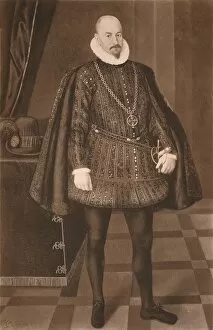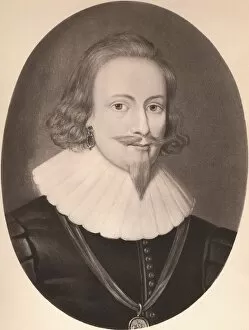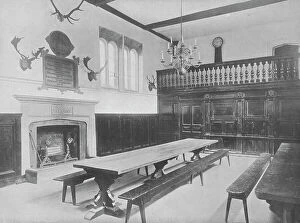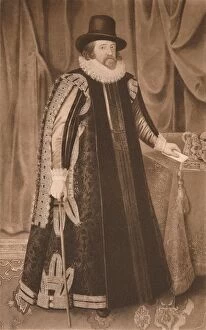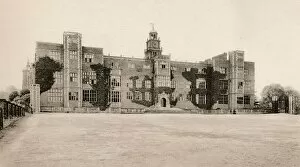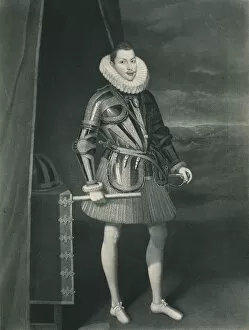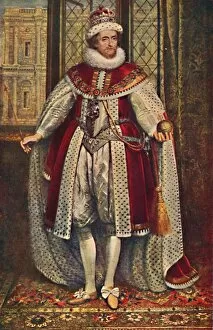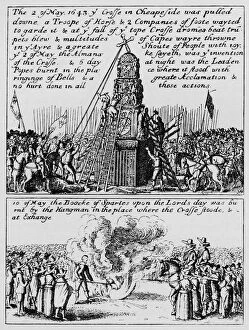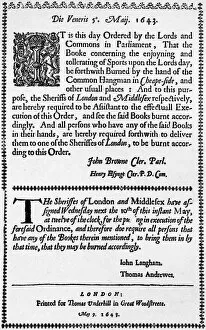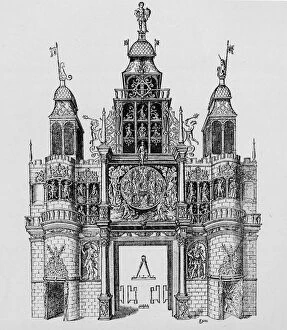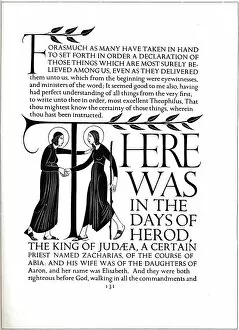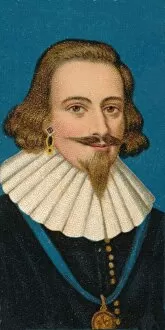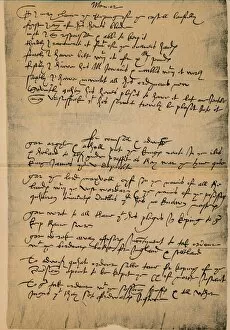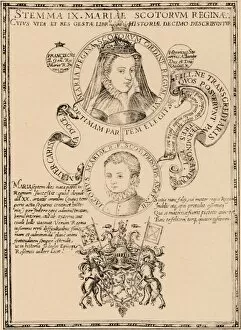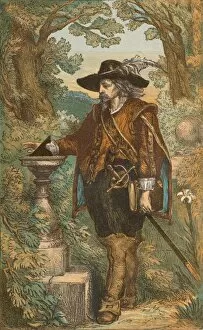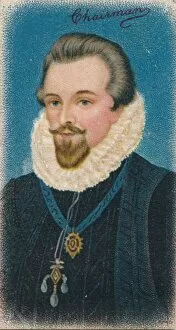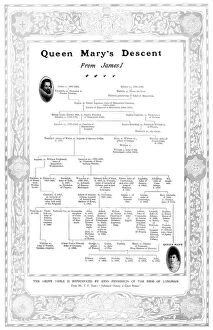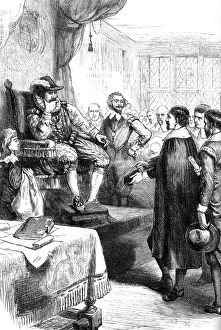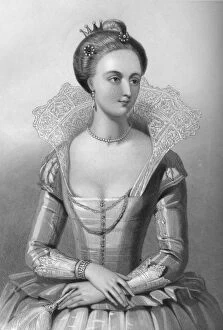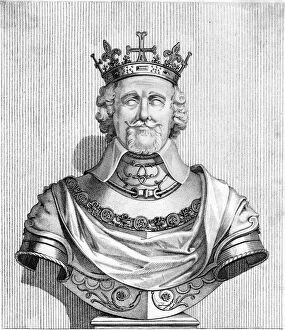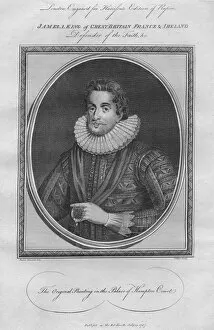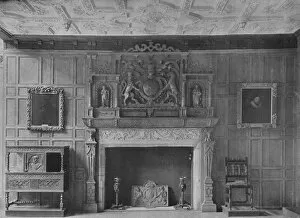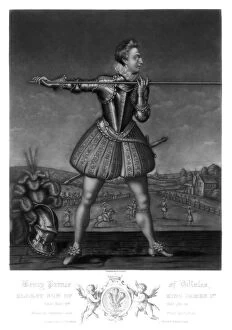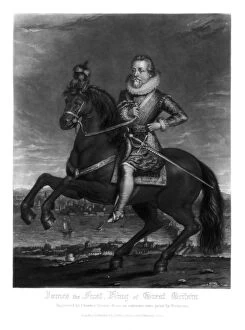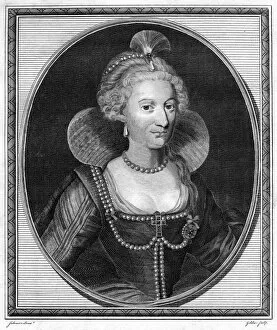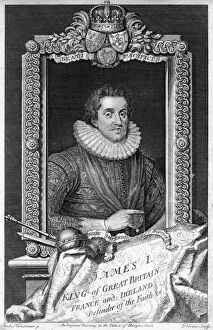James Vi Of Scotland Collection (#4)
"James VI of Scotland: A Royal Legacy in the 16th Century" In this captivating portrait, Arabella Stewart gazes into the distance with an air of elegance and grace
For sale as Licensed Images
Choose your image, Select your licence and Download the media
"James VI of Scotland: A Royal Legacy in the 16th Century" In this captivating portrait, Arabella Stewart gazes into the distance with an air of elegance and grace. Painted by Isaac Oliver I in the early 17th century, her beauty is immortalized for all to admire. Sir Edwin Sandys, depicted here with a turned-down ruff, exudes confidence and sophistication. Though his creator remains unknown, this portrait from the late 16th century captures Sandys' distinguished presence. The infamous Gunpowder Plot of 1605 comes to life in vivid detail. Guy Fawkes and his fellow plotters stand defiantly against authority, forever etching their names into history's dark chapters. Mary, Queen of Scots graces us with her regal presence in this stunning portrait from the 16th century. The artists remain anonymous but have captured Mary's poise and strength that made her a formidable ruler. Lord Howard of Effingham stands tall as a symbol of power and nobility. Painted by Thomas Cockson around 1600, his commanding presence demands respect and admiration. George Villiers, the first Duke of Buckingham, is portrayed here with striking realism. This painting from 1910 showcases his charm and influence during James I's reign. George Buchanan's likeness shines through in this remarkable portrait from the 16th century. Created in 1904 by an unknown artist, it pays tribute to Buchanan's intellectual prowess as a renowned Scottish scholar. The dramatic moment when Guido Fawkes was discovered is brought to life by John Leech's masterful brushstrokes in this artwork from 1850. Suffolk and Mounteagle uncover Fawkes' treacherous plot amidst intense suspense. Step back into time as we witness Puritans before James I through an enigmatic piece created around 1600. The unknown artist perfectly captures their stern expressions and unwavering devotion to their beliefs.



